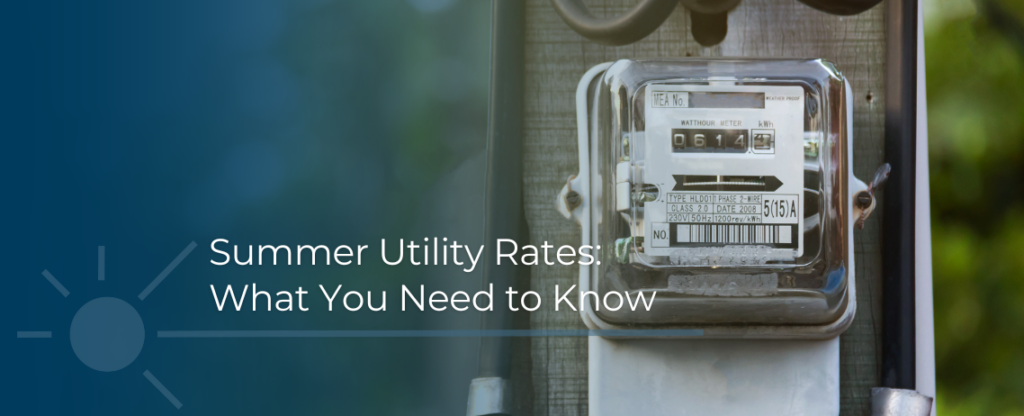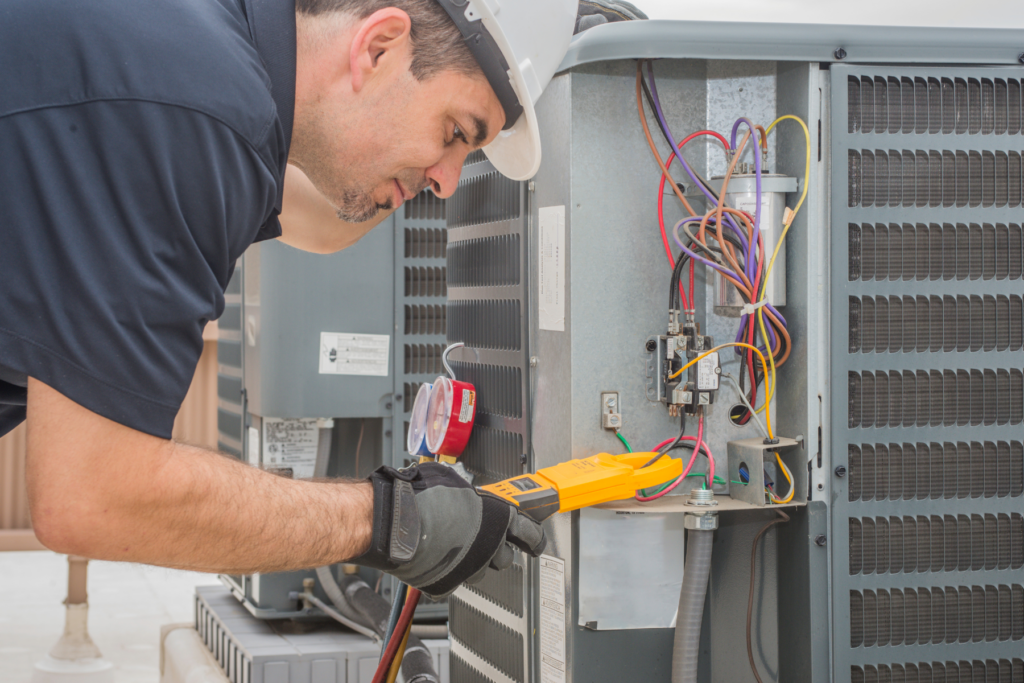
Summertime often marks warmer weather and longer days – but it also brings higher utility costs. With an increased demand for energy, as systems work overtime to keep facilities comfortable for building occupants, it’s likely that you’ll experience an increase in your monthly utility bills. Utility rates are also typically the highest from June 1st through September 30th each year, and we anticipate that rates will rise this summer at a rate of around 6%.
Utility rates are expected to rise by 6% just over the summer months.
However, there are a few easy steps you can take to help avoid unnecessarily high charges while also minimizing your energy consumption. Our team of energy experts compiled a list of steps you can take to help with managing summer utility costs.
Actions You Can Take
Tune Up HVAC Systems and Controls
With higher summer temperatures, it’s no surprise that your HVAC systems are working hard to maintain a comfortable temperature, and with that comes higher energy costs. But, there are a few things you can do to help lower your HVAC energy consumption:

- Review daily HVAC schedules to ensure systems are only being utilized when needed.
- Place all unoccupied HVAC units into unoccupied/setback mode.
- Stagger HVAC start up to reduce facility demand peaks (kW). Follow recommended occupied temperature set points: Heating at 68° F and Cooling at 73°F.
- Follow recommended unoccupied temperature set points: Heating at 45° F and Cooling at 90° F. Note, the amount of setback will vary based on climate zone and system capacity.
It’s also important to check your HVAC systems, typically during the early springtime, to ensure they are still operating efficiently and are in good condition. With air conditioning systems sitting dormant during the winter, it’s possible that dirty condensers, fan starter issues, or low refrigerant charge issues have gone unnoticed. It’s best to assess their current state prior to the start of summer when you need them most, to help avoid expensive emergency service calls after they’re expected to be running.
Adjust Your Lighting
As summer days are longer, it’s also essential to ensure your exterior lights remain off during the daytime. Verify you’ve adjusted outdoor lighting controls for the daytime hours and/or verified that dusk-to-dawn sensors are functioning properly. If you’re building doesn’t utilize lighting controls, reach out to our team to learn how they can help improve your space.
Another way you can help conserve energy and lower utility costs is to remind staff and occupants to turn off all manually operated interior lights when spaces are empty and to verify all automated lighting control schedules still match the needs of the occupants in each area.

Know Your Peak Times for Energy
Take note of your facility’s peak energy usage and demand hours as costs are highest during these times. This is when it’s most valuable to implement the steps above to manage your electric use, and therefore, lower costs.
Prepare Your Budget
While we’ve provided a few simple steps to help control your utility usage during the summer, most customers have little control over the utility rates in their area and find it hard to prepare their annual energy budget.
Our team of experts is on the frontlines of utility monitoring and communications, ensuring that we stay on top of ongoing fluctuations in energy consumption and costs. We can help you prepare your budget for the upcoming fiscal year to help you plan for upcoming rate changes.
How mySiteIQ Can Help
mySiteIQ Optimize is our technology-enabled service offering that reduces the effort to manage utility data, monitor equipment operation, and communicate key insights to stakeholders about the operation of your facilities. Contact us today to learn how we can help you achieve your energy, operational, or sustainability goals.




